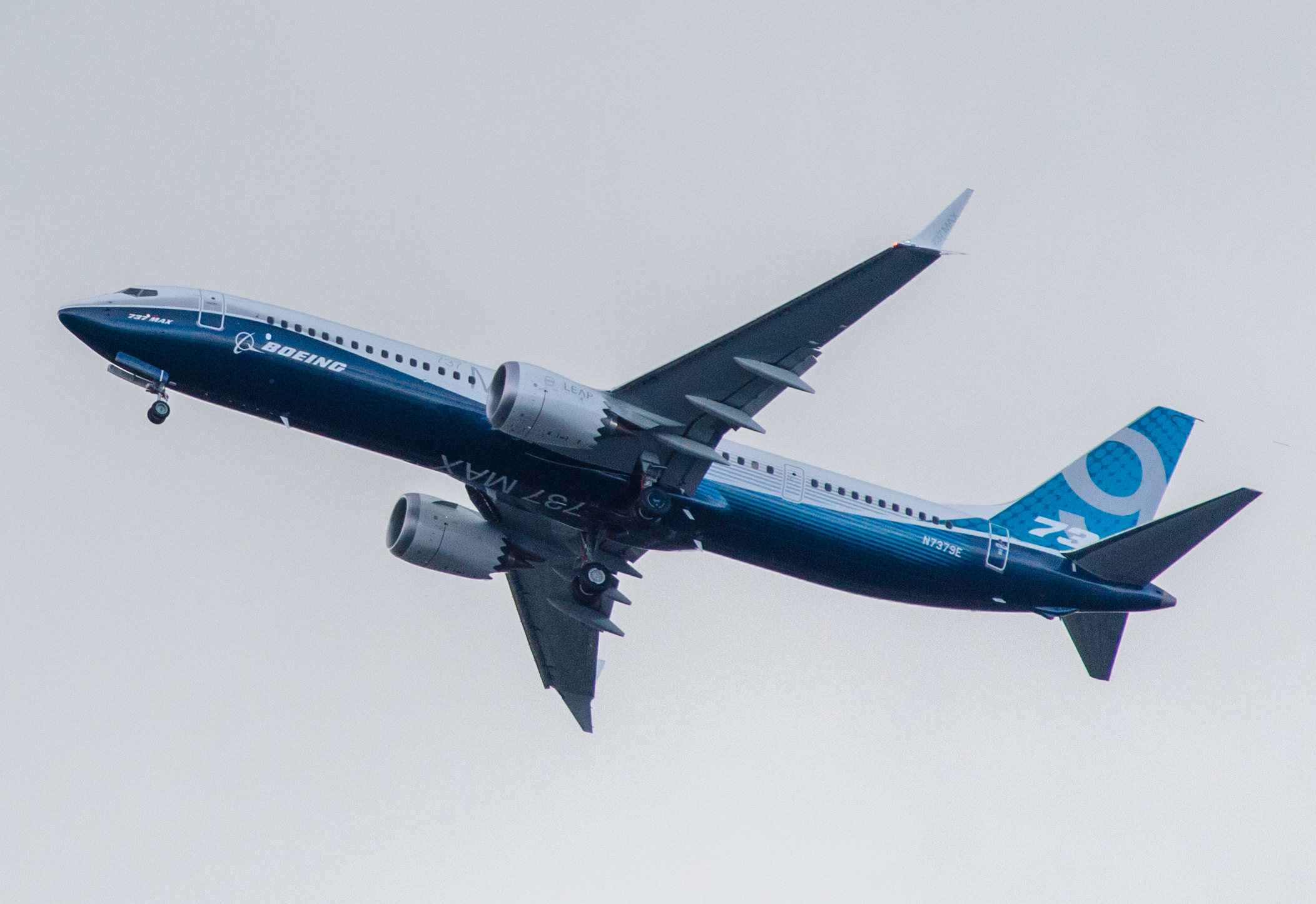Boeing considered cockpit warning light as premium add-on feature, ignored it

- Country:
- United States
Boeing on Sunday said it was aware of a flawed safety feature with the 737 Max aircraft well before the deadly October 2018 Lion Air crash, but considered it to be a premium add-on to the aeroplane and hence decided not to do anything about it. The aerospace manufacturer, in a statement cited by The New York Times, added details regarding its initial confusion about a key cockpit warning light which the company believed was a standard feature in all of the new jets.
The initial lack of knowledge about the feature's functionality, along with the delayed disclosure, added to the concern about Boeing's management of Max's design. The model 737 MAX came under scrutiny after 346 people lost their lives in two deadly plane crashes in Indonesia and Ethiopia.
On March 10, 157 people on board an Ethiopian Airlines flight -- a Boeing 737 MAX jet -- lost their lives after the flight crashed just a few minutes after it took off from Adis Ababa. In October last year, a Boeing 737 MAX Lion Air flight crashed in Indonesia, claiming the lives of all 181 people on board.
Investigations are ongoing into both the incidents. The March 10 incident became the second instance that the Boeing 737 MAX jet was involved in within a span of five months.
This triggered safety concerns, leading to several countries and airlines grounding the aircraft around the world. The warning light notifies pilots of a disagreement in the sensors that measure which direction the plane is pointed, a potential sign of a malfunction. This light could have provided critical information to the pilots on two flights that crashed shortly after takeoff in recent months.
Preliminary investigations in the two plane crashes divulge that there were problems with these so-called angles of attack sensors early in the flights, activating new anti-stall software that sent the planes into unrecoverable nose-dives, The New York Times reported. But the alert worked only on planes with an optional indicator that displayed the readings from the angle of attack sensors, the company said in its statement on Sunday.
Because only 20 per cent of customers had purchased the optional indicator, the warning light was not working on most of Boeing's new jets. Neither Lion Air nor Ethiopian had the indicator. The revelations add to Boeing's mounting problems, which include frayed relations with airlines and customers, multiple federal investigations, growing financial costs and the remaining work to get the Max flying again.
(With inputs from agencies.)
ALSO READ
World News in Brief: Rising West Bank violence, dialogue critical in Kosovo, free detained Afghan activist
"Indian Ocean has connected two friendly countries together...": Iranian envoy to India on maritime security
Indonesia's biggest party confirms President Jokowi no longer a member after backing Prabowo
Central Bank of Bosnia and Herzegovina joins World Bank's RAMP Partnership
Viet Nam's economy showing signs of recovery in early 2024: World Bank










